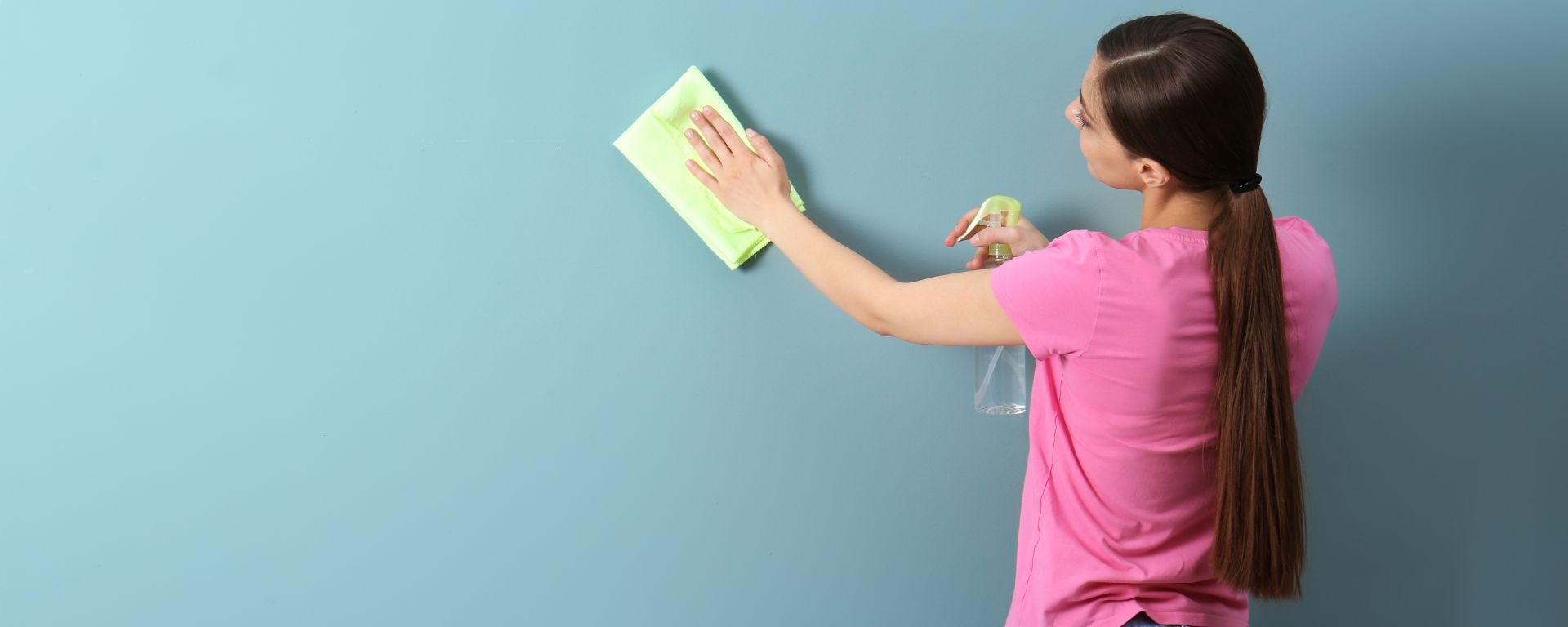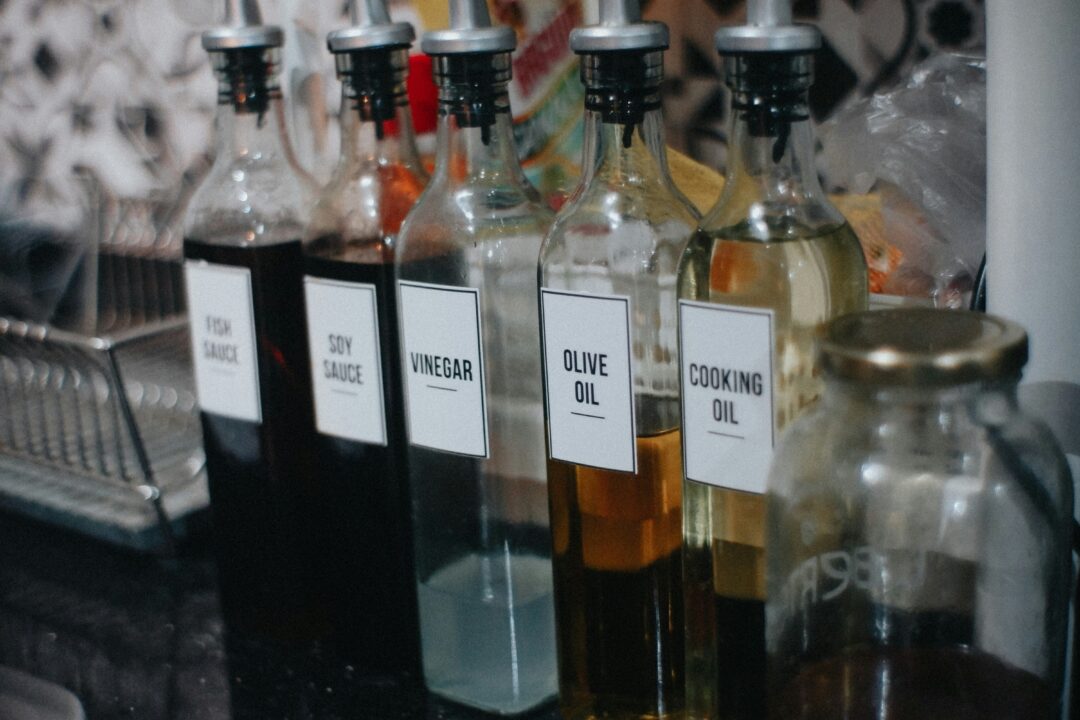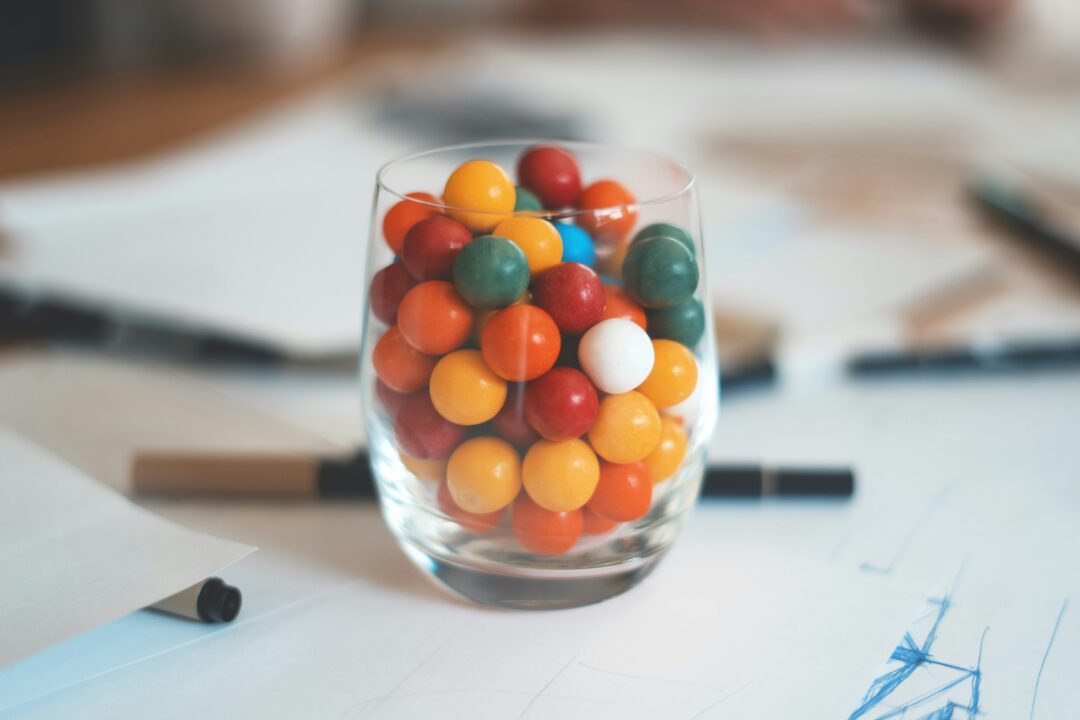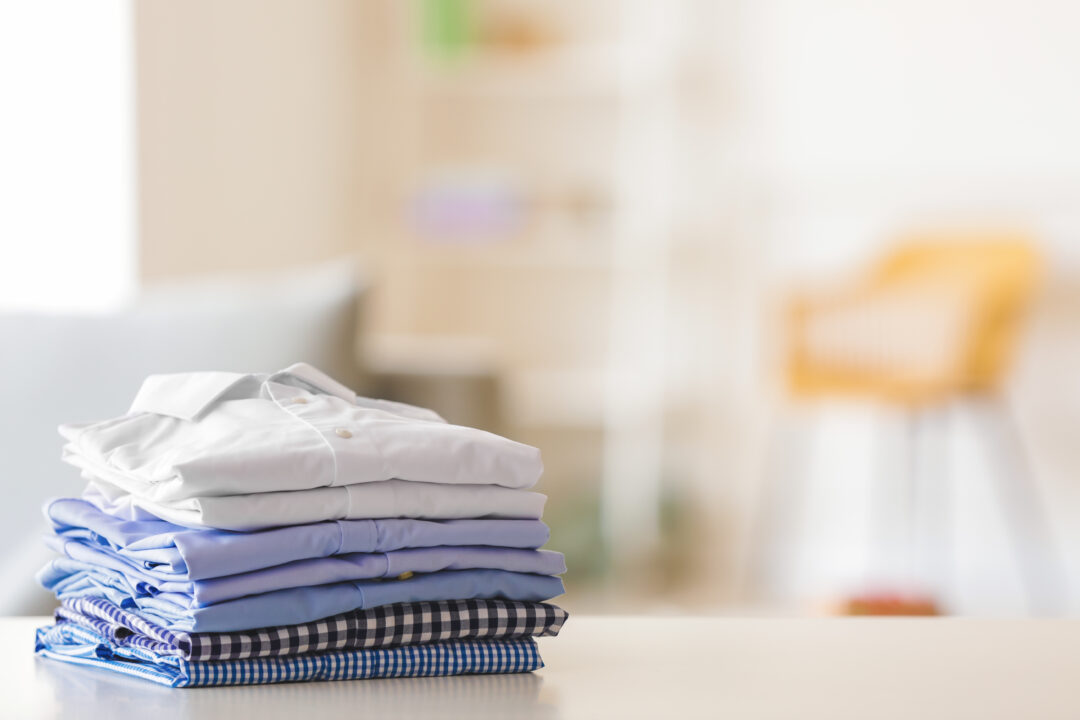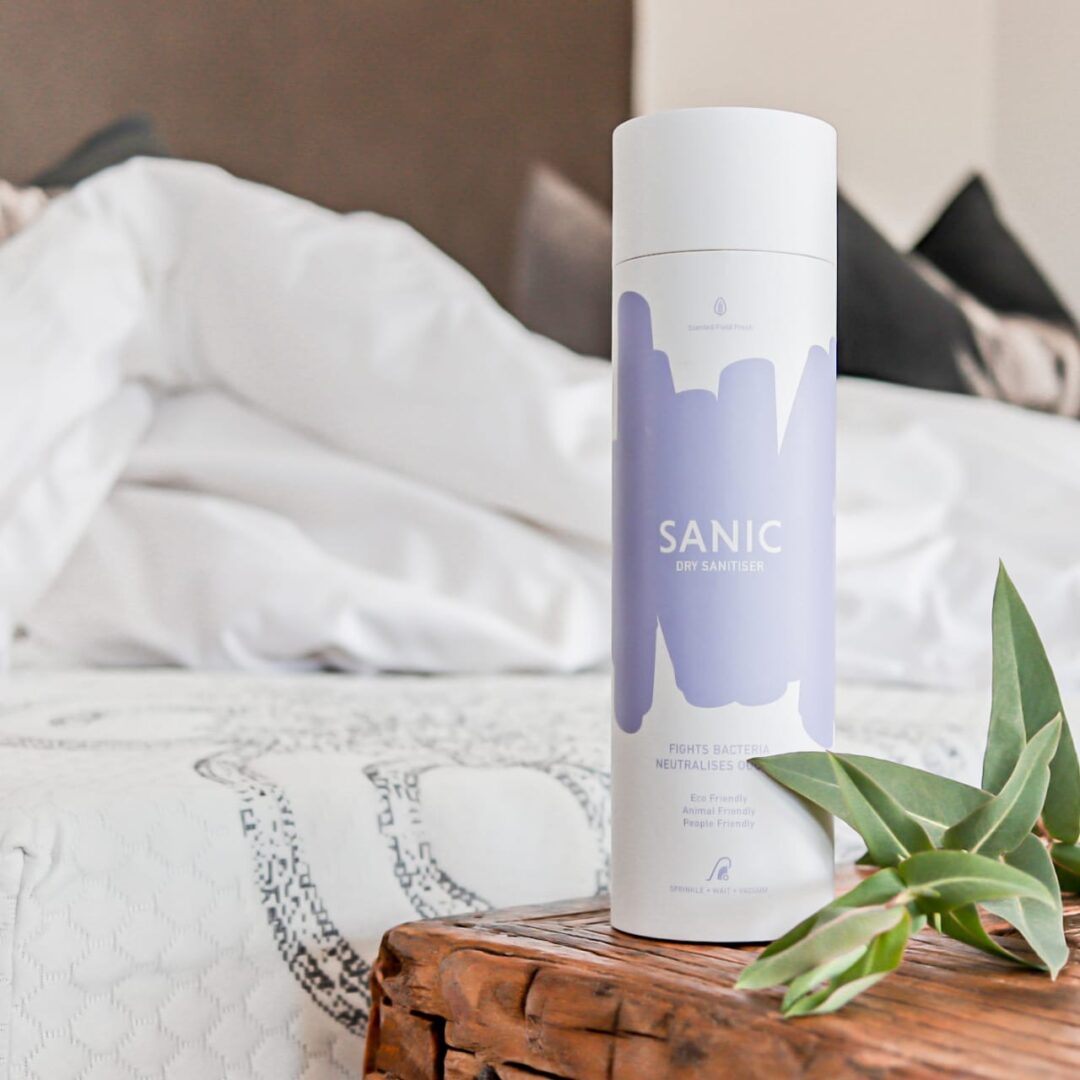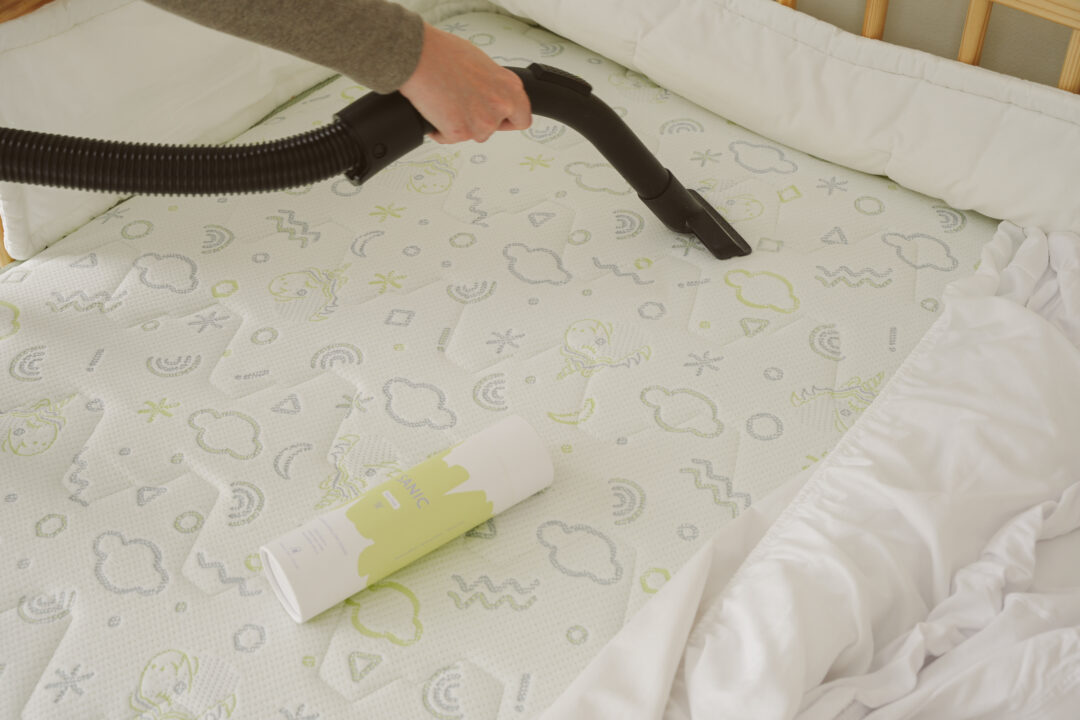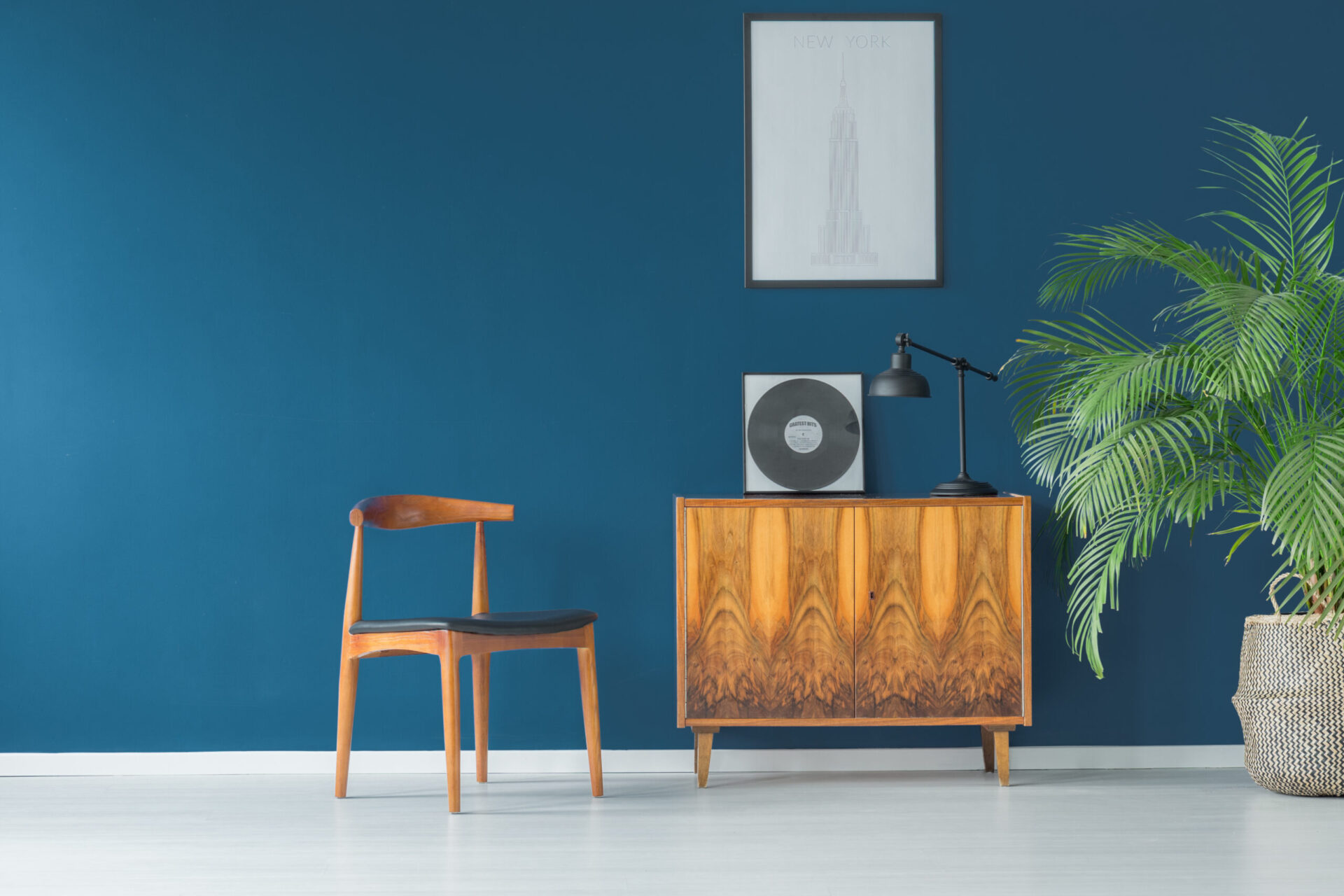The walls of your home face a lot of wear and tear over the years. Cleaning your walls is probably the last on your cleaning list, but it can’t be delayed forever. After some time, painted walls will accumulate stains, marks, smudges, shoe scuffs, and dust that give the wall a dull appearance. To keep your walls looking freshly painted, you will have to wipe them regularly. Although you might not clean your walls as much as you clean your laminate floors for example, considering how much walls are touched, especially areas around doorways and plate switches, knowing how to wash your walls is a skill you should learn.
Dirt, dust, and germs build up on walls without regular cleaning. Keeping the walls clean breaks down the dust that aggravates asthma and other allergies, and getting rid of dirt will not only make your home look cleaner, but it will also make it feel cleaner. In this article we will give you our best cleaning tips for your painted, plastered or wallpapered walls. Hopefully, after reading this, cleaning your walls will become part of your lifestyle. Alternatively, you can book a SweepStar to clean your walls, leaving your home looking pristine.
How To Clean Painted Walls
When cleaning painted walls, you should consider the finish and whether it is glossy or flat will. This will help you determine if you should scrub your walls or not.
Paint finishes such as flat, satin, and eggshell finishes, aren’t very strong when it comes to cleaning. You shouldn’t use harsh chemical cleaners or degreasers when cleaning walls with these finishes. When using a sponge, you should be careful not to scrub too hard, and the sponge should be wrung out before you begin scrubbing. Also, don’t forget to remove paintings, artwork, and furniture away from the walls before starting.
How To Clean Glossy Or Semi-Gloss Painted Walls
These paints are durable and commonly used in high-traffic areas like the bathroom or kitchen. You can use a mild degreaser on glossy backsplashes or vanity doors. Although gloss and semigloss paint is strong, it can still get scratched when cleaning so you should always use a soft sponge.
How To Clean Walls With Latex Paint
The best way to clean latex-painted walls is with warm water and a non-abrasive all-purpose cleaner. Dip a clean sponge into a bucket of water and wring out as much as you can, then gently wipe the wall. Pay close attention to areas that are touched often, like light switches and doorknobs. Rinse with another sponge and clean water. Try not to get areas wet around plug outlets, light switches, and other electrical connections. If those spots do need to be cleaned, then turn off the power at the DB before cleaning.
For stubborn stains, fingerprints, smudges, or shoe scuffs, mix a paste of baking soda and water and apply it to your wall with a non-abrasive sponge. When cleaning grime stains on painted woodwork, you can use the same cleaner or white vinegar mixed with water; if they don’t work, wipe your woodwork with a cloth dampened with rubbing alcohol.
How To Clean Walls With Oil-Based Paint
For oil-based painted walls, clean the walls with a mixture of white vinegar and water. Dip the sponge in it and then wring the sponge or cloth out so that it’s slightly damp. Textured painted walls, like gamazine walls, those finishes applied with a trowel, can catch dust and may need more cleaning. Add 1 ounce of borax to each pint of water when cleaning these walls.
How To Clean Wallpaper
For wallpaper, start by dusting the wall with a lambswool duster or even a broom wrapped with a microfiber cloth.
Spot clean fingerprints and smudges with a gum eraser; for older or more fragile wallpapers, you should choose a ‘dry sponge’ from your nearest hardware store. It will remove dirt without applying moisture to the wallpaper. Use long strokes to remove dirt carefully with the dry sponge, instead of cleaning one area.
Washable wallpapers are more durable, but you should still not attempt to clean them with an abrasive cleaner. Washable wallpapers are easily cleaned with a sponge and soapy water, as long as it is wrung out so that it is not soaking wet. Wipe the sponge across the wall gently, and make sure the wallpaper doesn’t get too wet. Immediately follow through with a dry white cloth to absorb excess moisture.
Lastly, if you still have access to the manufacturer’s instructions for cleaning wallpaper in your home, reference them for the most suitable way to clean your wallpaper and additional tips or techniques.
How To Clean Stains From Painted Walls
For stains on the wall, you should try to act quickly. The sooner the stain is washed, the better the chance of completely cleaning it. You may already have the products required in your kitchen pantry. Combine a few tablespoons of baking soda with warm water until a paste is created. Then, gently rub the solution into the stain. Wipe away any residue with a damp cloth. The abrasive nature of baking soda works incredibly well on grease stains that may be on your walls.
Other Tips To Keep Walls Clean
- Before getting into the cleaning process, dust your walls from top to bottom. A broom will help you get to the hard-to-reach areas nearer to the top of the walls, and get rid of cobwebs. To dust chair rails and the wall corners, an unused paint brush or a dry microfiber cloth will make it easier. For very dusty walls, you should use a vacuum cleaner with a brush attachment to remove dust.
- To help keep your walls clean, after vacuuming, wipe them down with a broom or mop, cover them with a cloth, or spray them with a dusting agent for better results. Wipe fingerprints and other marks or residue as soon as you notice them. Lastly, avoid using excessive amounts of water when cleaning painted walls to prevent dripping.
After cleaning your walls you shouldn’t forget to finish by cleaning any wooden trim with a mild cleaner. To keep your walls looking fresh you should be cleaning them 1-2 times a year. Add spot cleaning and dusting to that every few months. Additionally, it’s useful to vacuum and clean ceiling fans regularly to prevent a build-up of dust that gets onto walls in high-traffic rooms.
